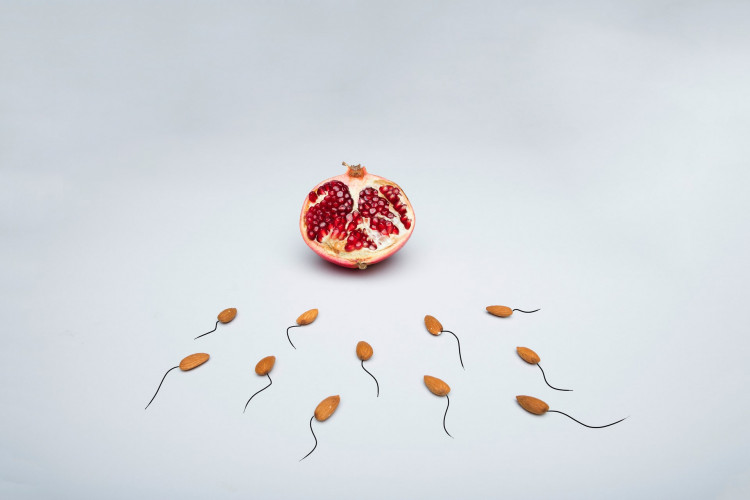Using nanotechnology to warm testicles could pave the way for a revolutionary form of contraception in males, one which scientists call "nanocontraception."
A nanocontraception procedure is based on the premise that nanoparticles - here, about 100 nanometres in diameter, or roughly one-thousandth the width of a piece of paper or human hair strand - can be delivered to the testicles and warmed.
You could turn sperm production on and off at will if you could just warm up the testicles a little, since the warmer they are, the less fertile they become. However, if the testicles become too heated, the tissue dies and can no longer generate sperm, making it a delicate procedure even if the testicles recover to their normal temperature.
The use of nanotechnology to warm testicles was first investigated on mice by biologist Fei Sun and his multidisciplinary research team in 2013. In his early experiments, he injected nanoparticles straight into the testicles of mice.
These nanoparticles were long gold nanorods (or nanocylinders) coated with a few lengthy polymer chains on their surface - envision a tube 120 gold atoms long with a diameter of 30 gold atoms. They resembled oblong microorganisms with protruding bristles.
The mice's testicles were then exposed to infrared radiation. As a result, the nanoparticles warmed from roughly 30 degrees Celsius to between 37 and 45 degrees Celsius. The precise temperature was determined by the concentration of nanoparticles delivered as well as the strength of the radiation.
It was presumed that the operation was painful for the mice since the radiation created heat sores on the skin surrounding their testicles, despite the fact that there was no accurate technique to assess their pain. The researchers decided to explore into alternate methods of delivering the nanoparticles to the patient.
Sun's team published a paper on their newest findings in July 2021. The new nanorods are made of magnetic iron oxide rather than gold and coated with citric acid rather than ethylene glycol, but they have the same size and form as the previous nanorods.
These magnetic nanoparticles were put into the veins of mice, who were subsequently sedated. For four hours, a magnet was positioned close to their testicles, attracting the nanoparticles.
Hotter testicles atrophy and shrink, but they gradually recovered 30 and 60 days following therapy as long as testicular temperatures did not exceed 45 degrees Celsius. Fertility was reduced seven days after treatment - and in some cases, it was completely eradicated - but it also exhibited a steady (though not complete) rebound after 60 days.
Sun's ultimate objective is human contraception, which he admits is still a long way off. And it's unclear how many guys will be happy with smaller testicles, even if they grow back to their previous size over time.






